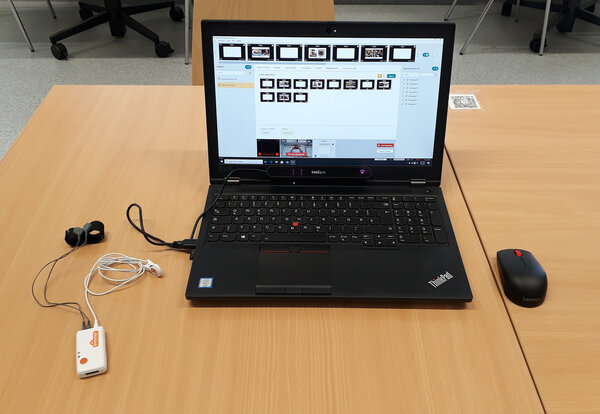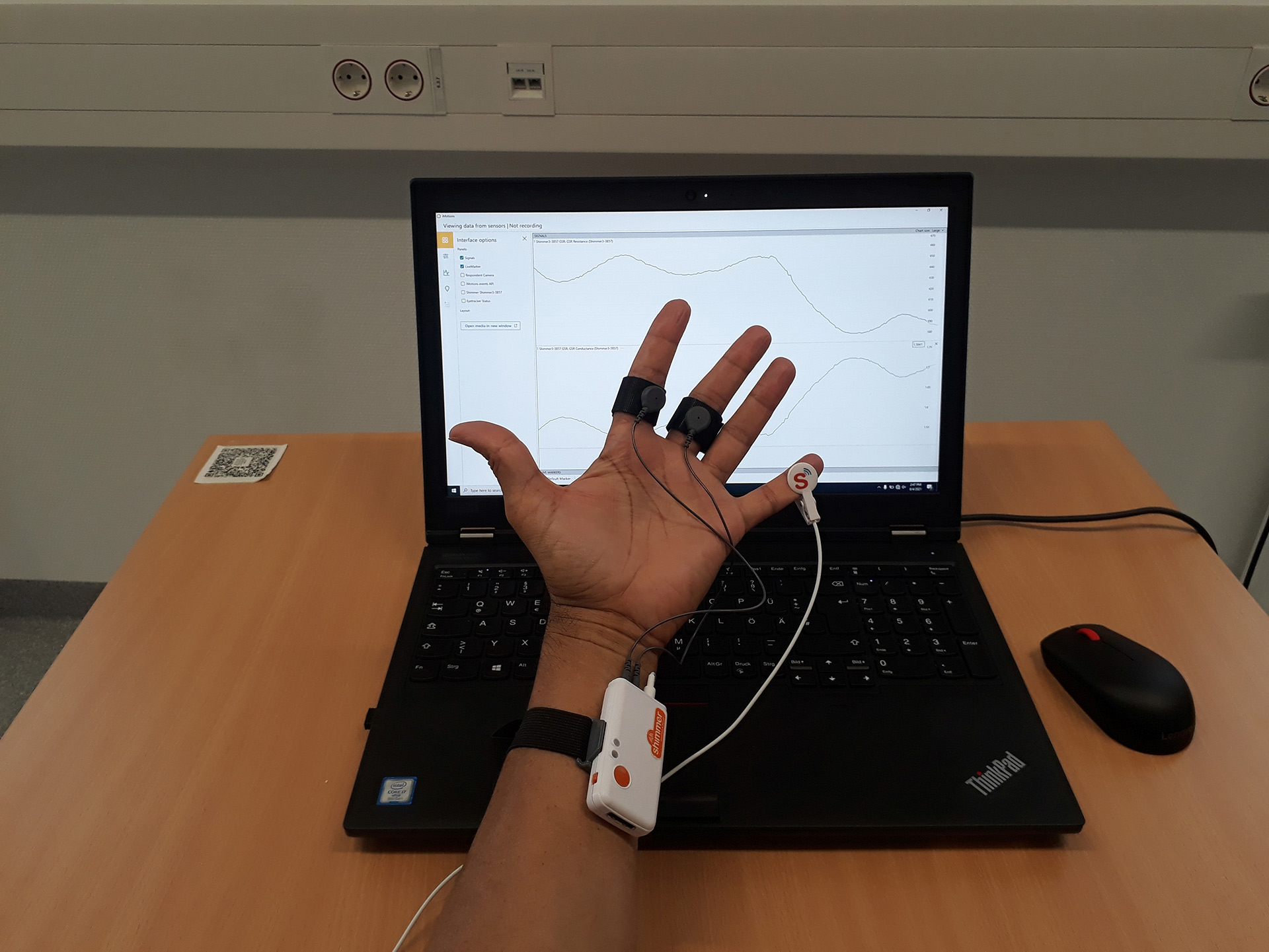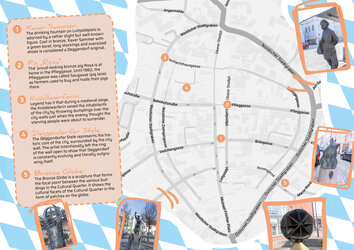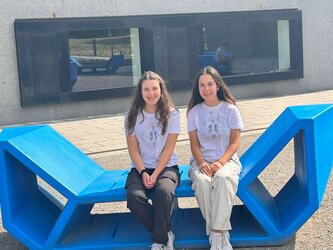
The best way to start this post is by asking you to read your skin. I am sure it has more to tell you than you think. But what can our skin tell us about how we feel? Well, this is a great question to start talking about another exciting new technique that you can use in your academic work when studying here at the Rottal-Inn European Campus.
I am talking about Galvanic skin responses (GSR), another tracking technology available at the DigiHealth & Smart Tourism Lab that you can use to implement your research ideas. You probably know this technique under different denominations: skin conductance, electrodermal response, or psychogalvanic reflex. Don't worry. We're talking about the same subject: electrodermal activity (EDA). And what is EDA? In simple, it is the variation of the electrical property of our skin. Basically, this variation has two components: the skin conductance level (SCL) or tonic level and the skin conductance response (SCR) or phasic response.
The tonic level of our skin varies slightly and naturally from person to person. Its change does not provide important information about an emotional experience, as it is not directly associated with external stimuli or events. However, the phasic response changes faster, producing GSR peaks, and its variation is usually related to external stimuli or events, making it an important physiological metric to understand emotional reactions.
There is strong scientific evidence that SCR is linked to physiological and psychological state variation. Changes in the skin's electrical conductivity occur when sweat glands are activated, and variations in the psychological state tend to make these glands active. What this technology does is detect and measure these changes resulting from the activity of the sweat glands. Technically, when the sweat glands are activated, it causes changes in the skin's resistance that is captured using some sensors.
These sweat glands are present mainly in our palms, fingers, forehead, cheeks, and soles of the feet. Because of that, the measurement is performed usually by placing two electrodes on the participant's fingers. The most interesting is that it is a non-invasive process carried out autonomously, as it is based on unconscious reactions that are not under cognitive control. In addition, it is measured using a wireless device, giving the researcher all the mobility needed to conduct different types of experiments.
The biometric signals captured are expressed microsiemens, a unity of electric conductivity. Metrics such as peak amplitude, peak rise time, peak recovery time and the number of peaks can be extracted, providing valuable information to assess the user's emotional state. And, like eye tracking, data can be exported into a file format supported in Excel and analysed using an appropriate statistical program.

But, for what can it be used? Galvanic skin responses (GSR) can help you understand users behaviours while interacting or having experiences, such as watching a video, browsing a website, looking at a design, playing a game, using an app, etc. In short, it allows you to gauge users' emotional arousal. For example, you can use it to measure participants' level of frustration, confusion, or stress during an interview or while carrying out a task for your research project. How do respondents react to some sensitive questions or topics in an interview? Which product or marketing campaign generate more emotional arousal in potential consumers? How about measuring the level of stress of students while performing some academic tasks? In short, GSR can help you answer a series of research questions by adding valuable metrics to your data collection process.
However, skin responses do not give you the valence of emotions. In other words, GSR doesn't tell you whether the emotional reaction is positive or negative; it just measures the emotional response (emotional arousal). Therefore, combining these metrics with other data, such as eye tracking or interviews can produce more meaningful results. You can also combine GSR with facial expression analysis, but this is a topic for the next post.
Celso Caciano Brito
Celso Brito is a Brazilian master student of International Tourism Development at Technische Hochschule Deggendorf (THD-ECRI). Experienced travel manager and tour leader, he has visited many countries around the world, mainly in Europe, South and North America. He loves literature, art, music, wine, gastronomy and is always ready for a trekking adventure.










